In order to effectively support every child with communication in the early years, we need to first of clarify what we mean by the term ‘communication’. In this blog, SEND expert Gary Coffey answers this question and explores how you can use a range of strategies to support non-verbal children who may have a diagnosis of communication difficulty or a learning disability.
We need to ensure that our communication and interactions are meaningful – not just an instruction or description of what’s happening ‘now’. We should be aiming for every child being a great communicator, who can use an established system of expressive and receptive communication (speaking and listening).
It’s everybody’s responsibility to ensure that we understand the range of communication modes being used in the setting and actively promote these, with other children and family members too.
We know that all behaviour is intrinsically linked to communication. If a child doesn’t have the right mode of communication to be understood by those around them, then they may become:
We need to ensure that this doesn’t happen and it’s our role and responsibility to ensure that we change our delivery and setting to ensure that we’re meeting the needs of every child. This is listed explicitly within the UN Convention on the Rights of the Child within the 4 core areas:
We need to ensure that we offer an equitable provision for every child in our care and education. One that celebrates every difference and need, regardless of ability or additional support that may be needed.
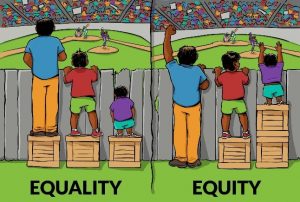
So what strategies can we use to support every child to be a great communicator? Here, we will focus on just a small number of specialised communication methods that could be used.
It’s important to always remember to seek the support and guidance of a trained and qualified communication ‘expert’ when implementing any new strategies. A speech and language therapist is a great start to seeking further clarification and training.
Makaton is a language programme that uses signs, speech and symbols to support children with a communication difficulty/learning disability for basic communication:
Symbols are simple line drawings that support the concept (word) being signed and spoken. They support greater inclusivity for those who may have been physically unable to make the signs and hand shapes. Children can use eye pointing or reach out and touch a preferred corresponding symbol.
Here’s an example of a couple of Makaton symbols:

Makaton is now well established within mainstream media, as Mr Tumble (Something Special) on CBeebies/CBBC uses Makaton signs and symbols during his programme. These episodes can be streamed from YouTube and BBC iPlayer, so that every family and setting can access them for free.
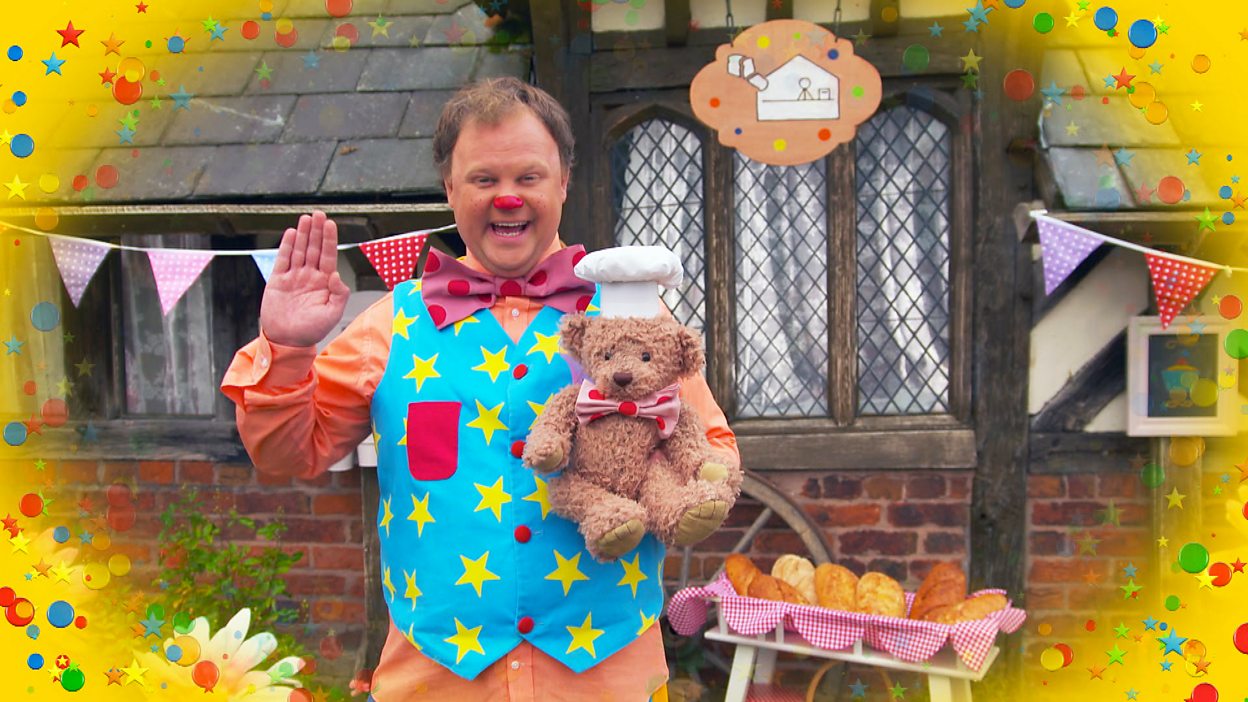
PECS is a structured approach to developing communication with a pupil by ‘exchanging’ a symbol (picture) for a desired item.
This system helps to develop children’s discrimination of pictures and how to put them together in sentences. In more advanced phases, children are taught to use modifiers, answer questions and comment. However, the primary goal is to teach functional communication.
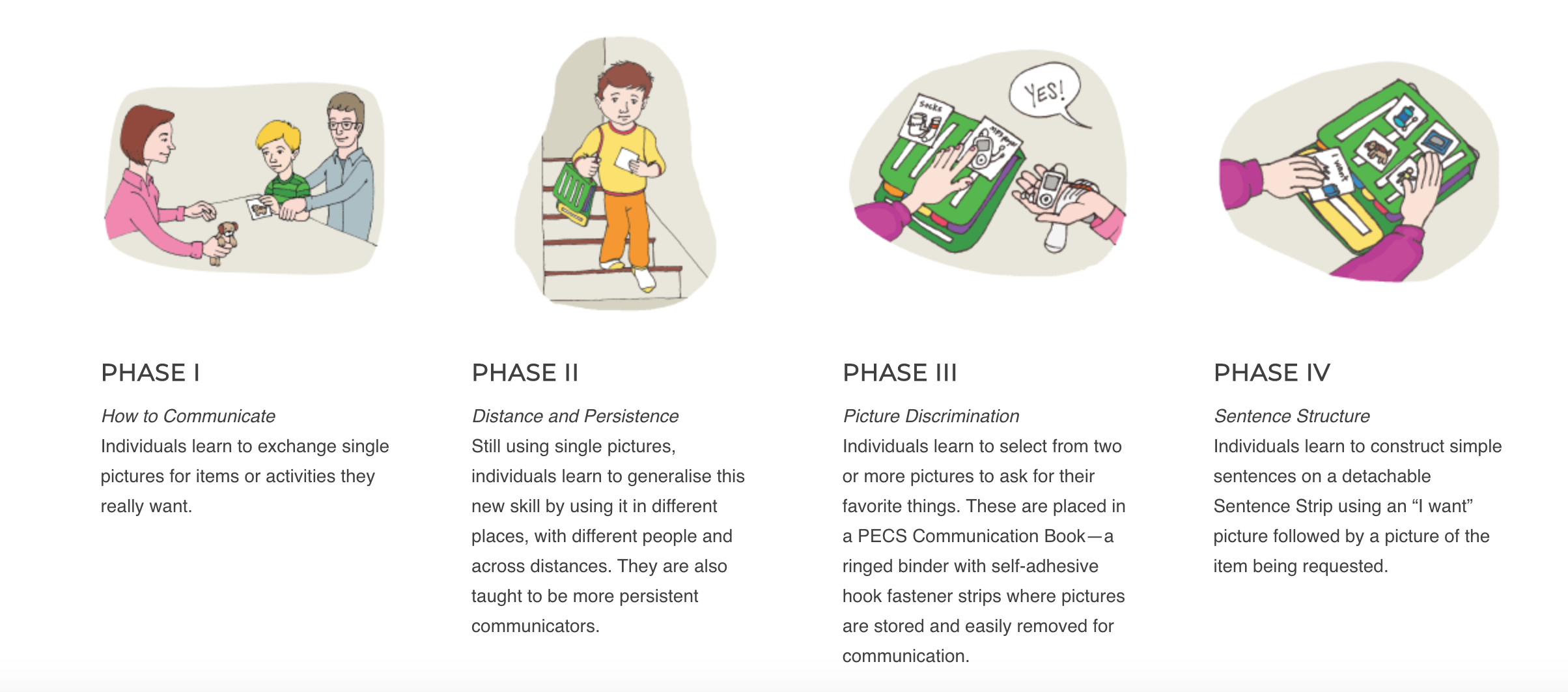
The above is an example of the first 4 phases of PECS and shows how adult support is needed to support children to physically reach for and exchange symbols for a desired object or activity. Slowly, the adult support is removed and independence is encouraged by requiring children to become persistent communicators with different people.
An object of reference is any object which is used systematically to represent an item, activity, place, or person e.g.
Understanding real objects is the first stage of symbolic development. Objects of reference are used with individuals who find it difficult to understand spoken words, signs, symbols or photographs.
Sensory cues are sensory stimuli that evoke a response or a behaviour pattern. We receive sensory cues all of the time by smelling, seeing, hearing, touching and tasting things within our immediate environment.
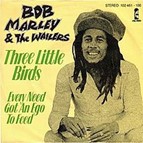
Three Little Birds could be used as a song to cue children into the start of the day when they arrive at the setting.
“The communication partner plays an important role [with objects and cues] because they interpret the reactions of the [child] to different experiences. Every movement, gesture and vocalisation has a meaning. Understanding all of these takes time, patience and a positive attitude towards the speaker’s ability to communicate.”
(https://www.communicationmatters.org.uk/guidance/#getting-started)
We should be helping children to have successful interactions with diverse partners across multiple environments. This should include varying the familiarity level of partners (familiar versus less familiar versus unfamiliar), and types (friends, professionals). It is therefore important to ensure that we’re working with other agencies and family members frequently during the week.
Children need regular practice with supportive communication partners and your enthusiasm and engagement with this is key. You can support the child to enjoy and engage with conversations and promote active participation in their social activities.
Working alongside families to ensure that there is consistency within the communication mode used across home and the setting is key. Children’s needs and communication should be understood in every setting and wherever they may be in that moment.
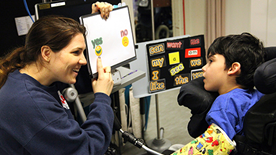

Gary Coffey is the headteacher of a special school in Derby, for children between the ages of 2-19. Gary has worked within the early years sector for many years, within both mainstream and special educational needs. He is passionate about ensuring that every child has access to a meaningful and inclusive education, which supports their wider life goals and development. He is also a Makaton Regional Tutor and uses his knowledge of communication to support his work in providing inclusive practice for all children.